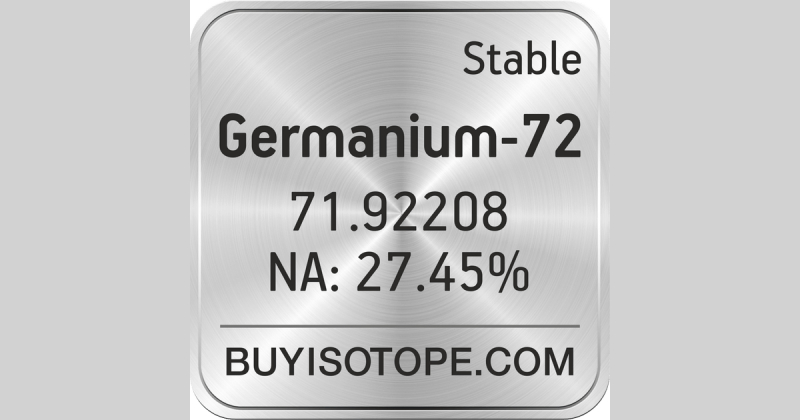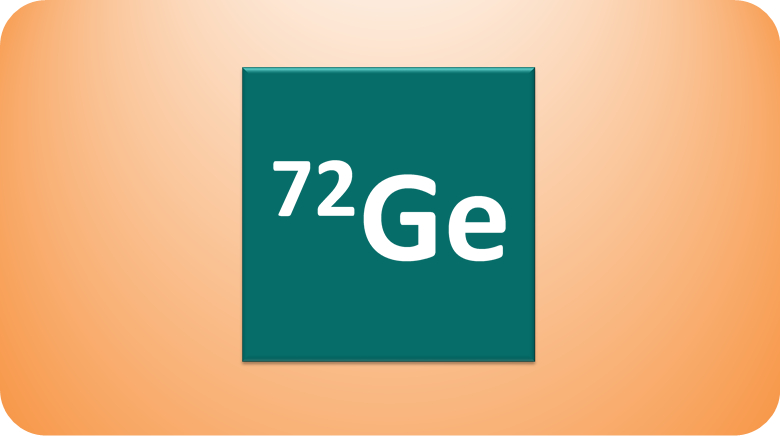Germanium-72 Undergoes Unusual Phase Transition
Another metalloid that lies on the border between metal and non-metal, germanium is the 32nd element in the periodic table. Germanium-76 is the longest-living of its five stable isotopes, having a half-life that is around 130 billion times longer than the age of the universe. However, that is not the most fascinating isotope. When Germanium begins to warm up, isotope 72 exhibits a highly peculiar property.
We know that when heat is introduced to a substance, certain things happen to the atoms. Heat causes the atoms to become excited and move more quickly, similar to how it does with substances like water. What transpires, though, inside the atoms themselves? It's not as clear as you might assume, as Germanium-72 demonstrates.
In germanium, there are 32 protons, while in germanium-72, there are 40 neutrons. As the atom warms up, the strong pairs formed by those protons become weaker. With our water example in mind, that makes sense. The issue is that eventually, something strange occurs. The link between proton pairs really strengthens once again at high enough temperatures. This is due to a phenomenon known as a phase transition. As the transition gets going, things stabilize before they start to weaken again as the temperature continues to climb.












